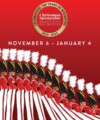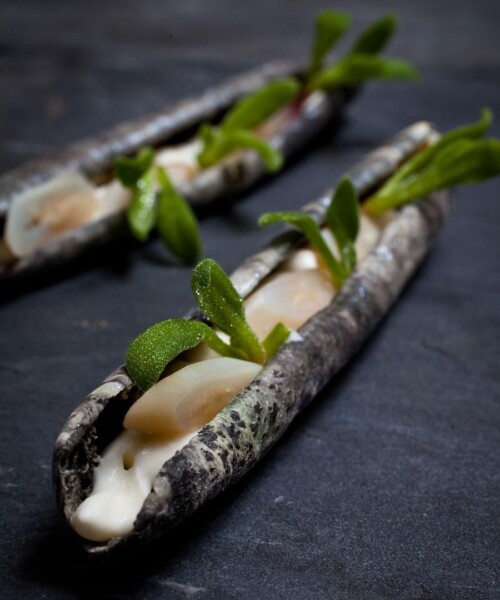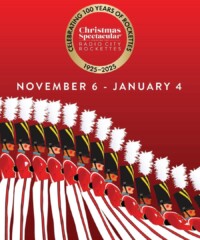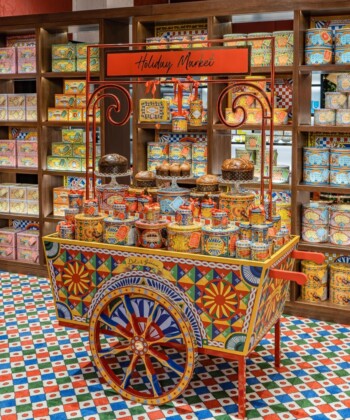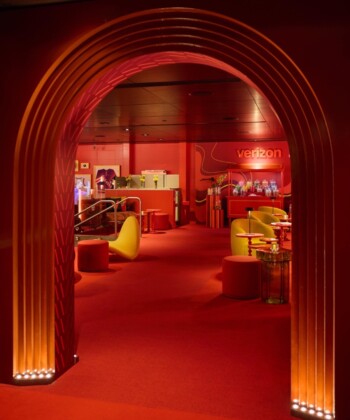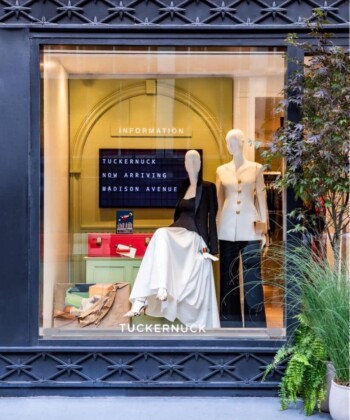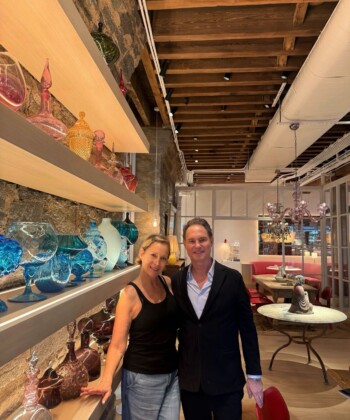The last time the Danes invaded anywhere, it was shortly after the Battle of Hastings in the 11th century. Famously pacific as their army battalions were, however, their brigade of chefs have shown themselves to have an appetite for conquest.
Even the most casual observer of the New York City restaurant scene can’t help but notice a striking Nordicity of late. The most exciting establishments in the last few years have been vowel-heavy nonsense-seeming words populated with characters like ø and å. To whit: Tørst, the haute beer bar run by Jeppe Jarnit-Bjergsø with Luksus—Daniel Burn’s Scandinavian-inspired restaurant—in the back; Acme, formerly a mediocre BBQ spot and now a beacon of Nordic cuisine helmed by Mads Refslund; and Atera (pictured below), Matthew Lightner’s Scandinavian pioneer in Tribeca. Then there’s Aska in Williamsburg and—just now—Skal, a new Icelandic restaurant in the Lower East Side. And next month, New York City will host the first NORTH Festival, a five-day event celebrating Nordic cuisine. It’ll feel like an invader’s ticker tape parade.

Walk into any of these restaurants, and you’ll find variations on the same Scandinavian theme: Slight men in blue aprons and neat beards serving austere-but-playful dishes on irregularly glazed plates atop light wooden tables. As for what’s on the plate, it’s pure Nordisk Mad, the new Nordic cuisine pioneered by the Copenhagen-based chef René Redzepi at his restaurant Noma, which was ranked the top restaurant in the world for three years (from 2010-2012).
 Composed plates are haikus more than lush word paintings. The ideal is to showcase one ingredient—preferably foraged—and to plate it as if just happened to be there, but it’s no big deal. At Aska, for instance, it must have just been a strong gust of wind that deposited the pig’s blood crisp onto the clay plate. As for the sea-buckthorn berry gelée, those fresh berries just showed up. Auspiciously delicious weather patterns.
Composed plates are haikus more than lush word paintings. The ideal is to showcase one ingredient—preferably foraged—and to plate it as if just happened to be there, but it’s no big deal. At Aska, for instance, it must have just been a strong gust of wind that deposited the pig’s blood crisp onto the clay plate. As for the sea-buckthorn berry gelée, those fresh berries just showed up. Auspiciously delicious weather patterns.
The phenomenon is clear—what’s not is why it’s happening. What has made New York so susceptible to the Scandinavian influence? Is it that after college years furnished by IKEA and adulthood by BoConcept, listening to Bang & Olufsen and wearing Acne Jeans, food is just the latest Scandinavian genre to gain total dominance? Is Nordic cuisine, like burgers, cupcakes and cronuts, just the latest trend?

Not according to Jarl Frijs-Madsen, the consul general of Denmark in New York (and a tall good-looking Dane). “My personal belief is it’s a reaction to the post-financial crisis. The new Nordic kitchen offers a simple, almost ascetic, way of creating food. It’s in contrast to when it was too much of everything, when there were a lot of funds and you had to show how wealthy you were.”
There is, in fact, little ostentation at these Nordic restaurants. Despite substantial price tags—the prix fixe at Atera starts at $195, Aska’s 10-course menu is $115—there is a resolutely humble air. This, too, seems like an import from the Scandinavian countries, which have among the highest GDP in the world but whose elite generally eschew shows of wealth. In fact, with their Dogme 95-like insistence on naturalism, the only thing ostentatious is their lack of ostentation. It’s not sackcloth and ashes, exactly, but it is smoked hay and herring.
But more than conspicuous humility, these restaurants are embassies for an entire way of life. Much like how Le Pavillion, Lutece and Le Cirque didn’t just offer diners fine French cuisine but created little storefront sized départements d’outre-mer, these Nordic restaurants transport New Yorkers to countries with better health care, less income inequality, a better work-life balance and a more satisfied population. They’re not just restaurants, they’re utopias. Or at least, says Mr. Frijs-Madsen says, “They’re the closest most New Yorkers will ever get to eating at Noma.”
All images courtesy of Atera.
MORE:
Fried Chicken Gets High Brow
The Rise of the Foraging Chef
Eating Simpler in Los Angeles


